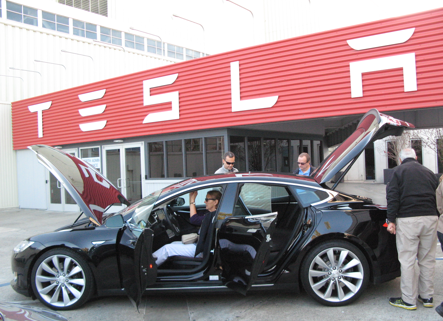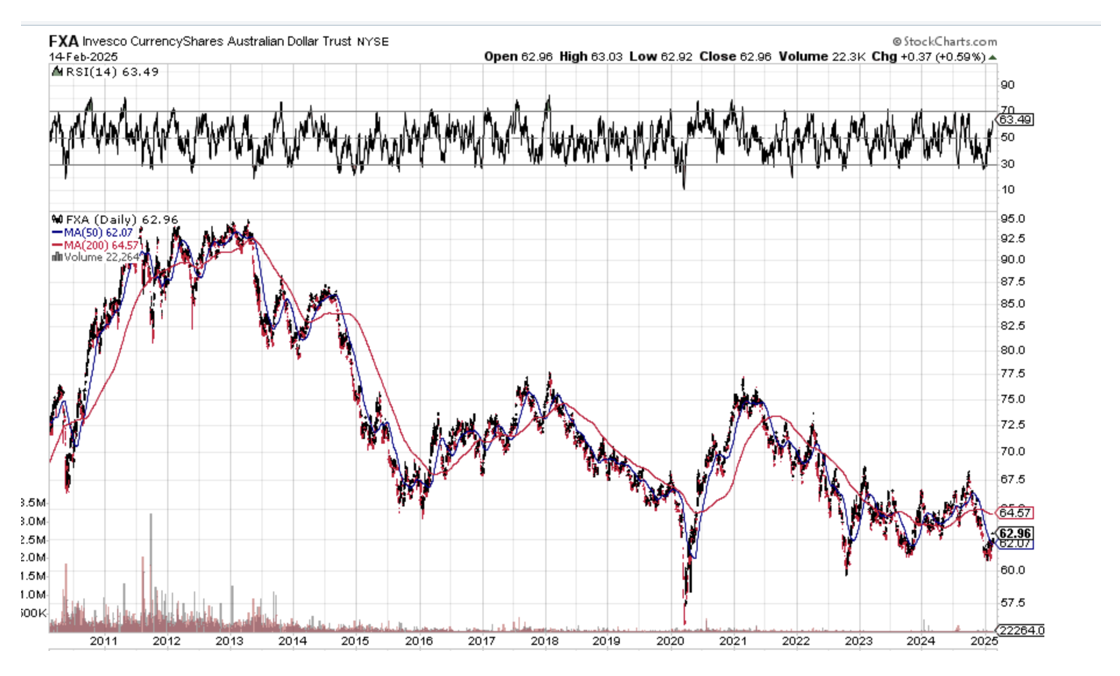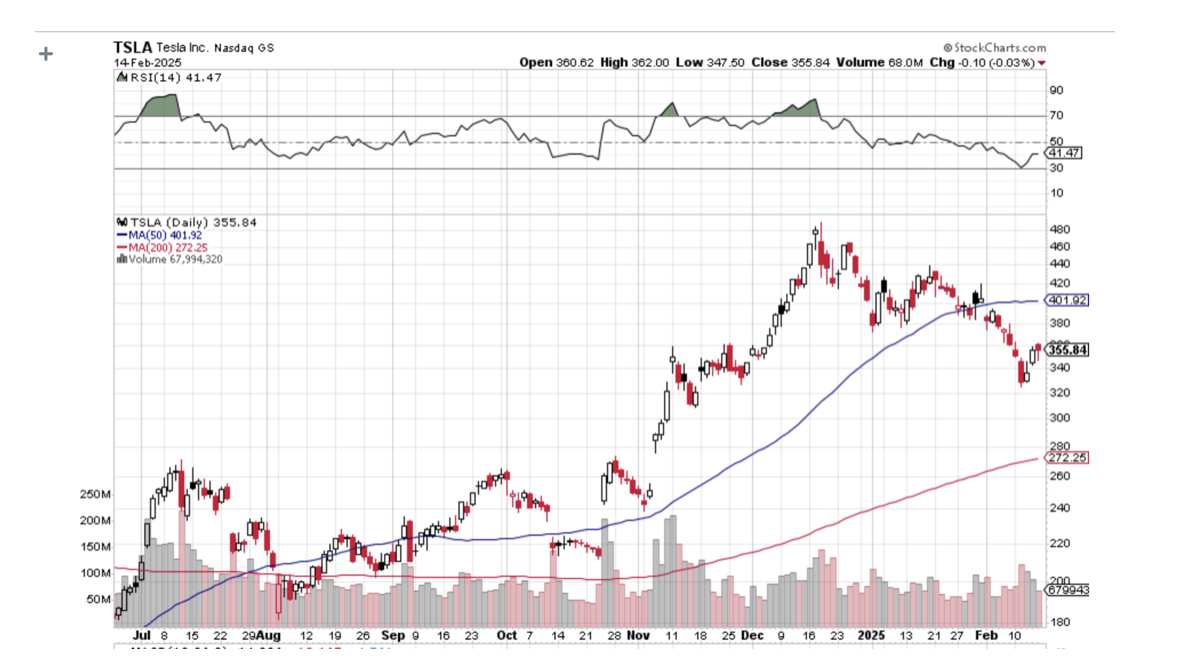About one-third of my readers are professional financial advisors who earn their crust of bread telling clients how to invest their retirement assets for a fixed fee.
They used to earn a share of the brokerage fees they generated. After stock commissions went to near zero, they started charging a flat 1.25% a year on the assets they oversaw.
So it is with some sadness that I have watched this troubled industry enter a long-term secular decline, which seems to be worsening by the day.
Some miscreants steered clients into securities solely based on the commissions they earned, which could reach 8% or more, whether it made any investment sense or not. Some of the instruments the recommended were nothing more than blatant rip-offs.
Knowing hundreds of financial advisors personally, I can tell you that virtually all are hardworking professionals who go the extra mile to safeguard customer assets while earning incremental positive returns.
That is no easy task given the exponential speed with which the global economy is evolving. Yesterday’s “window and orphans” safe bets can transform overnight into today’s reckless adventure.
Look no further than coal, energy, and the auto industry. Once a mainstay of conservative portfolios, all of these sectors have or came close to filing for bankruptcy.
Even my own local power utility, Pacific Gas & Electric Company (PGE), filed for Chapter 11 in 2001 because they couldn’t game the electric power markets as well as Enron, and again in 2019 because of liability stemming from wildfires.
Some advisors even go the extent of scouring the Internet for a trade mentoring service that can ease their burden, like the Diary of a Mad Hedge Fund Trader, to get their clients that extra edge.
Traditional financial managers have been under siege for decades.
Commissions have been cut, expenses increased, and mysterious “fees” have started showing up on customer statements.
Those who work for big firms, like UBS, Morgan Stanley, Goldman Sacks, UBS, Merrill Lynch, and Charles Schwab, have seen health insurance coverage cut back and deductibles raised.
The safety of custody with big firms has always been a myth. Remember, all of these guys would have gone under during the 2008-09 financial crash if they hadn’t been bailed out by the government. With deregulation now rampant, you can count on it happening again.
The quality of the research has taken a nosedive, with sectors, like small caps, no longer covered. My research is now focused on, you guessed it, the Magnificent Seven.
What remains offers nothing but waffle and indecision. Many analysts are afraid to commit to a real recommendation for fear of getting sued, or worse, scaring away lucrative investment banking business.
And have you noticed that after Dodd-Frank, two-thirds of brokerage reports are made up of disclosures?
Many advisors have, in fact, evolved over the decades from money managers to asset gatherers and relationship managers.
Their job is now to steer investors into “safe” funds managed by third parties that have to carry all of the liability for bad decisions (buying energy plays in 2014?).
The firms have effectively become toll-takers, charging a commission for anything that moves.
They have become so risk averse that they have banned participation in anything exotic, like options, option spreads, (VIX) trading, any 2X leveraged ETFs, or inverse ETFs of any kind. When dealing in esoterica is permitted, the commissions are doubled.
Even my own newsletter has to get a compliance review before it is distributed to clients, often provided by third parties to smaller firms.
“Every year they try to chip away at something”, one beleaguered advisor confided to me with despair.
Big brokers often hype their own services with expensive advertising campaigns that unrealistically elevate client expectations.
Modern media doesn’t help either.
I can’t tell you how many times I have had to convince advisors not to dump all their stocks at a market bottom because of something they heard on TV, saw on the Internet, or read in a competing newsletter warning that financial Armageddon was imminent.
Customers are force-fed the same misinformation. One of my main jobs is to provide advisors with the fodder they need to refute the many “end of the world” scenarios that seem to be in continuous circulation.
In fact, a sudden wave of such calls has proven to be a great “bottoming” indicator for me.
Personally, I don’t expect to see another major financial crisis until 2032 at the earliest, and by then, I’ll probably be dead.
Because of all of the above, about half of my financial advisor readers have confided in me a desire to go independent in the near future, if they are not already.
Sure, they won’t be ducking all these bullets. But at least they will have an independent business they can either sell at a future date or pass on to a succeeding generation.
Overheads are far easier to control when you own your own business, and the tax advantages can be substantial.
A secular trend away from non-discretionary to discretionary account management is a decisive move in this direction.
There seems to be a great separation of the wheat from the chaff going on in the financial advisory industry.
Those who can stay ahead of the curve, both with the markets and their own business models, are soaking up all the assets. Those who can’t are unable to hold on to enough money to keep their businesses going concerns.
Let’s face it, in the modern age, every industry is being put through a meat grinder. Thanks to hyper-accelerating technology, business models are changing by the day.
Just be happy you’re not a doctor trying to figure out Obamacare.
Those individuals who can reinvent themselves quickly will succeed. Those that won’t will quickly be confined to the dustbin of history.
It’s Not as Good as it Used to Be


















